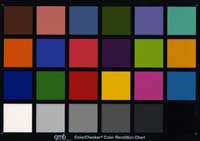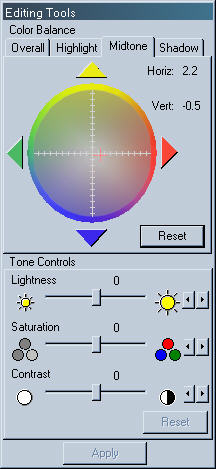

Don't be duped by claims that an upright scanner is thus a drum scanner! Whether the scanner is designed to sit upright or flat (or upside down like an overhead scanner) does not change the insides. A flatbed is still a flatbed even if sold by a company previously known for drum scanners. A word of warning from FLAAR in case that you are looking for a cheaper drum scanner.īeware of flatbed scanners masquerading as drum scanners. Many manufacturers of scanners recently moved toward desktop drum scanners – smaller and less expensive units. These scanners have plenty of controls to affect the result by allowing adjustments focused to any specific area of the image. Oil based drum mounting of transparencies dramatically improves scan quality and it is the best way to avoid dust and scratches. This so called “drum” rotates at high speed (2,000 rpm) while it moves the object being scanned in front of precision optics and a light source (quartz-halogen lamp) to deliver the image information to the highly sensitive sensors - photomultiplier tubes (PMTs). Drum scanners from companies such as Aztek or ICG allow high resolution scanning (12,000 dpi, 16-bit/channel) of reflective and transmissive media that are mounted on an acrylic cylinder. Film, however, is where drum scanners continue to be the tool of choice. They are rarely used to scan prints - high quality inexpensive flatbed scanners can do the job quite well. There are three main types of scanner technology available:ĭrum scanners are mostly used by publishing industry for high quality images. Sensitivity responses of the CCD sensors. The scanner for a particular color spot on the target are function of the spectral Light is reflected by the target onto the CCD sensors in the scan-head. Top of the scanner, the light from the lamp is incident on the target. In reflective mode, whenever a target is placed on the glass Scanners capture an image by measuring colors reflected from or transmitted through the image at many points and assign internal R'G'B' values to the colors at those points. Comparisons are made for different scanner targets and software applications. Use of ISO scanner calibration targets, handful of software applications, and "how-to's" is described. This section discusses calibration, characterization, and profiling of lower-end scanners.

Although digital cameras are the most popular devices used to capture photos, scanners are still widely used for converting media such as pictures, artwork, documents, transparencies, slides, and film negatives into an electronic format.

With evolving and rapidly changing technology of digital cameras, printers, and monitors, one would expect that use of scanners would diminish over the time.


 0 kommentar(er)
0 kommentar(er)
